The Grand Seiko “Snowflake” watch is very special. Are you intrigued? Read up on everything you need to know here.
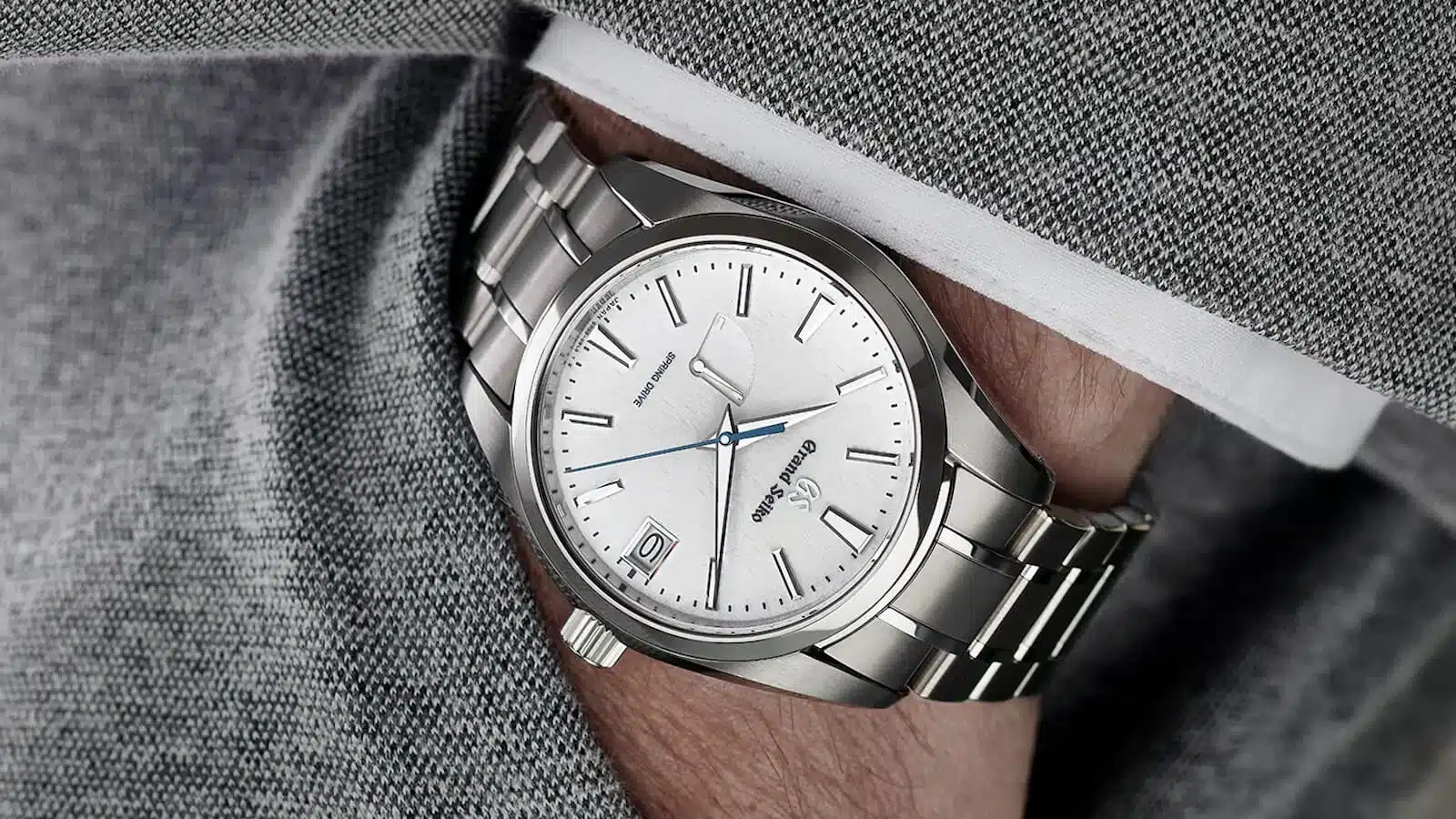
Are you just joining the world of Grand Seiko watches? Then, you’ll be reading up on everything that makes this manufacturer so unique.
High-end hand-applied case finishes, cutting-edge timekeeping technology, and beautifully finished dials are among them.
Since 1960, Japanese watchmakers have been producing timepieces of superior quality on par with brands like Omega and Rolex.
Less than 100 artisan watchmakers work at Grand Seiko’s watch studio in Shizukuishi. Despite being relatively small compared to some manufacturers, Grand Seiko has created some incredibly fascinating wristwatches, including the “Snowflake.”
Before the GS “Snowflake” arrived, few understood the meticulous craftsmanship behind a Grand Seiko watch. But in 2017, a seismic shift took place. Its extraordinary dial, capturing a wintery scene befalling the surroundings of the brand’s design studios, caught people’s attention.
Along with many others, I believe that from that moment on, Grand Seiko garnered a new level of respect from connoisseurs. Allow me to take you on a quick tour of this exceptional timepiece and why we collectors love it so much.
Table of Contents
The Origins of the Grand Seiko “Snowflake”
Before 2017, Grand Seiko was still part of Seiko. That meant its dials were still very Seiko-like despite their noticeably superior designs.
When the company freed itself from the Seiko umbrella, the brand could finally display its name at 12 o’clock. And what a dial the company chose!
The Grand Seiko SBGA211, complete with a case made of high-intensity titanium, held a Spring Drive movement inside. Its dial was unique, attracting fans of white dial watches far and wide.
But that’s not where the Grand Seiko “Snowflake” story begins. Before that, the company launched the SBGA011 in 2005. It featured a stamped brass dial, silver-plated and bearing a unique execution. It mimicked the look of a fresh blanket of snow across the Hokata Mountains.
That model shares the same power reserve feature and date window as the new one. However, it’s the only one to bear the Grand Seiko and Seiko name on its dial.
The Grand Seiko “Snowflake” SBGA211 is identical to that first release, except for those minor details. The Grand Seiko lettering features at 12 o’clock, and the Spring Drive lettering resides at 6 o’clock.
Its titanium case flaunts Grand Seiko’s high-end Zaratsu polishing and an effortlessly sweeping blued secondhand.
The latter feature is, of course, down to the company’s innovative Spring Drive technology. I’ll get onto that in a second.
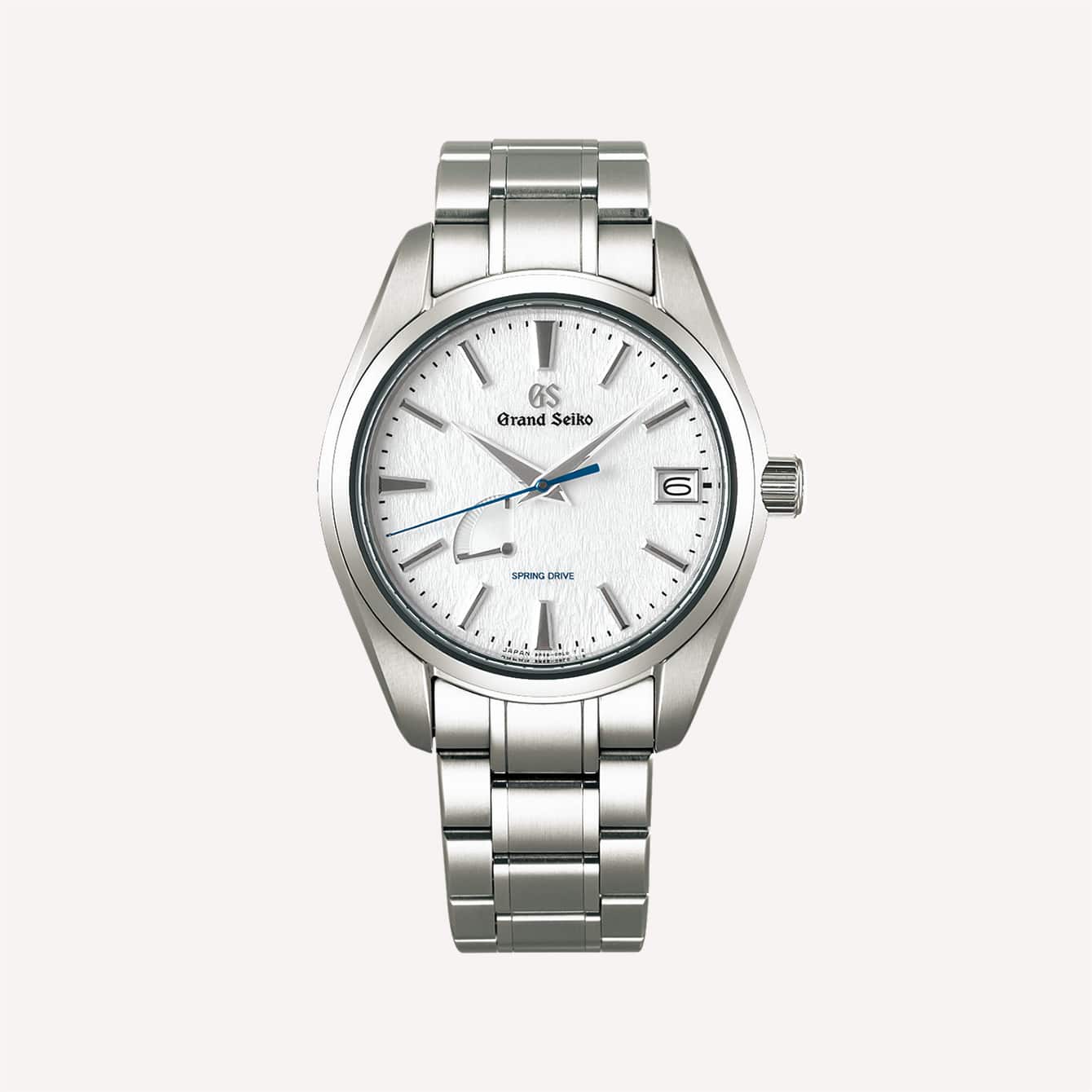
Today, the “Snowflake” sits beside its siblings, the “Omiwatari and the “White Birch”. The former takes inspiration from a natural mid-winter phenomenon. The latter evokes the textured bark of the Japanese white birch tree.
All of these designs follow the principles of the Evolution 9 design that Seiko devised as a set of criteria. Watches adhering to this criteria feature legible dials and a slim case with a low center of gravity for wearability.
Key Features of the Grand Seiko “Snowflake”
If you’re only just getting acquainted with the “Snowflake” Grand Seiko, you’ll already be familiar with its exquisite dial. It is, after all, the talking feature of the entire design.
The Dial
This display is skilfully subtle, quietly striking, and full of depth. Its design echoes the look of the snow-capped Hotaka mountains, which the Grand Seiko studio overlooks.
The magic behind the dial is the randomized appearance of the “Snowflake” pattern. The base plate is not consistently even, either, giving rise to even more dimension and character.
Pockets of light interact beautifully with sharp facetted dial elements across the dial. They bounce in and out of the dial’s subtle crevices, creating cascading shards of light and shadow. This interplay between shadow and light gives the watch such an entrancing sense of depth.
Take a close look at the dial, and the ripple effect reminiscent of fallen snow is present, too. This bright silver dial color looks iridescent in some lights. In others, it appears almost white. The silver replating process that achieves this effect is a testament to Grand Seiko’s pioneering skills in dial design.
The Dial Furniture
If the blanket of snow across the dial isn’t impressive enough, look at the dial furniture. The sharp baton hour markers are crisp and diamond-sharp, and the sword-shaped hands are faceted and beautifully polished.
They present themselves with a heavy tapering bevel, while the small second sub-dial has a heated blue hand. The angles, sharp finishes, and mirror-like crispness of the dial elements all elevate the case. It displays some of Grand Seiko’s finest examples of Zaratsu polishing.
Zaratsu Polishing
If you didn’t already know, the company’s Zaratsu polishing technique is unique to the Japanese watchmaker.
The “Snowflake” watch’s 41mm titanium case combines lightness with this special polish on the case body, bezel, and bracelet. Its name harkens back to a special polishing machine Seiko purchased from a company in the 1950s.
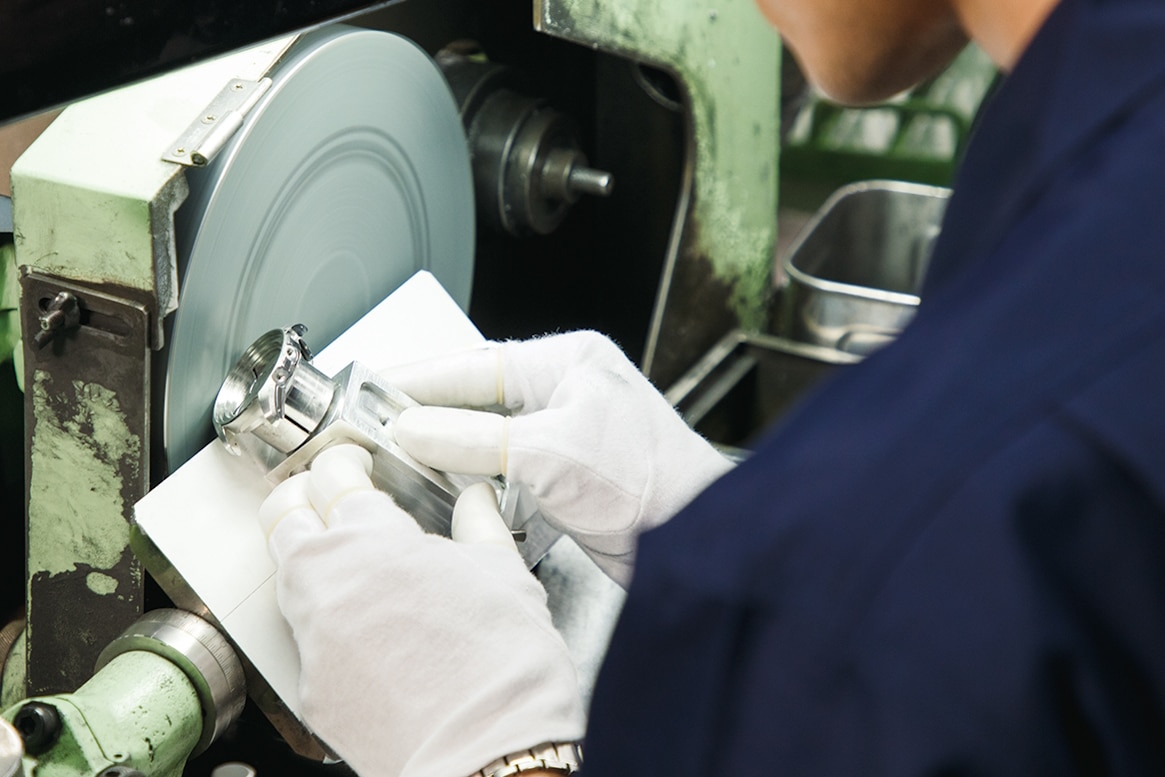
Expert artisans at the company’s manufacturing facilities combine this polish with a hairline brushing technique. This vertical brush graining highlights the contours and sharp edges of the design, elevating the textured dial further.
The Grand Seiko “Snowflake” Spring Drive
The “Snowflake” wouldn’t be half as fascinating without its innovative Spring Drive technology. If you aren’t up to speed with how a watch works, here’s your chance to improve your knowledge.
Put simply, Grand Seiko experts developed the Spring Drive for better accuracy and improved mechanical performance. It combines the advantages of an automatic movement with the benefits of quartz.
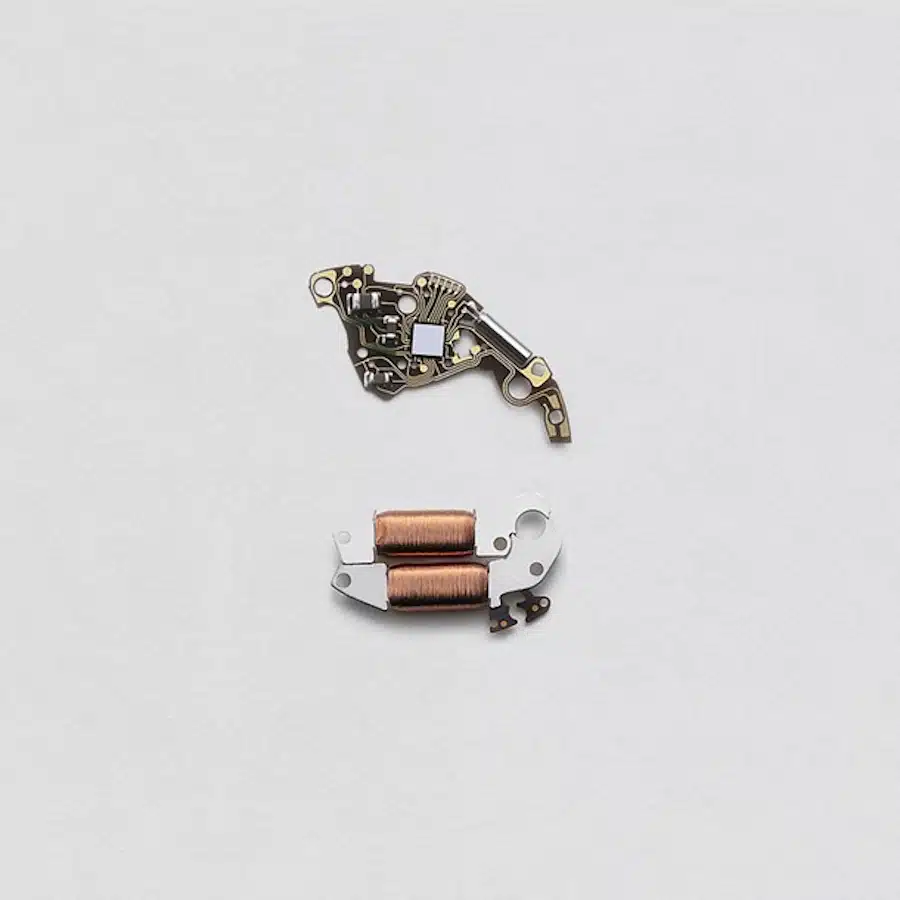
The Calibre 9R65 is a special Seiko movement that took 20 years to realize. The hybrid movement replaces the escapement with a quartz tuning fork. Even better, the watch doesn’t require a battery.
This type of movement benefits from a tri-synchro regulator. You can think of this mechanism as a speed controller. It fulfills three roles, hence the “tri” reference in its name.
The brand’s tri-synchro regulator controls the energy released from the mainspring. It also converts mechanical power to electrical power, sending it to a piece of quartz.
When the quartz oscillates at high frequency, the regulator creates a magnetic force that activates a brake control. This special break control ensures that the watch keeps accurate time.
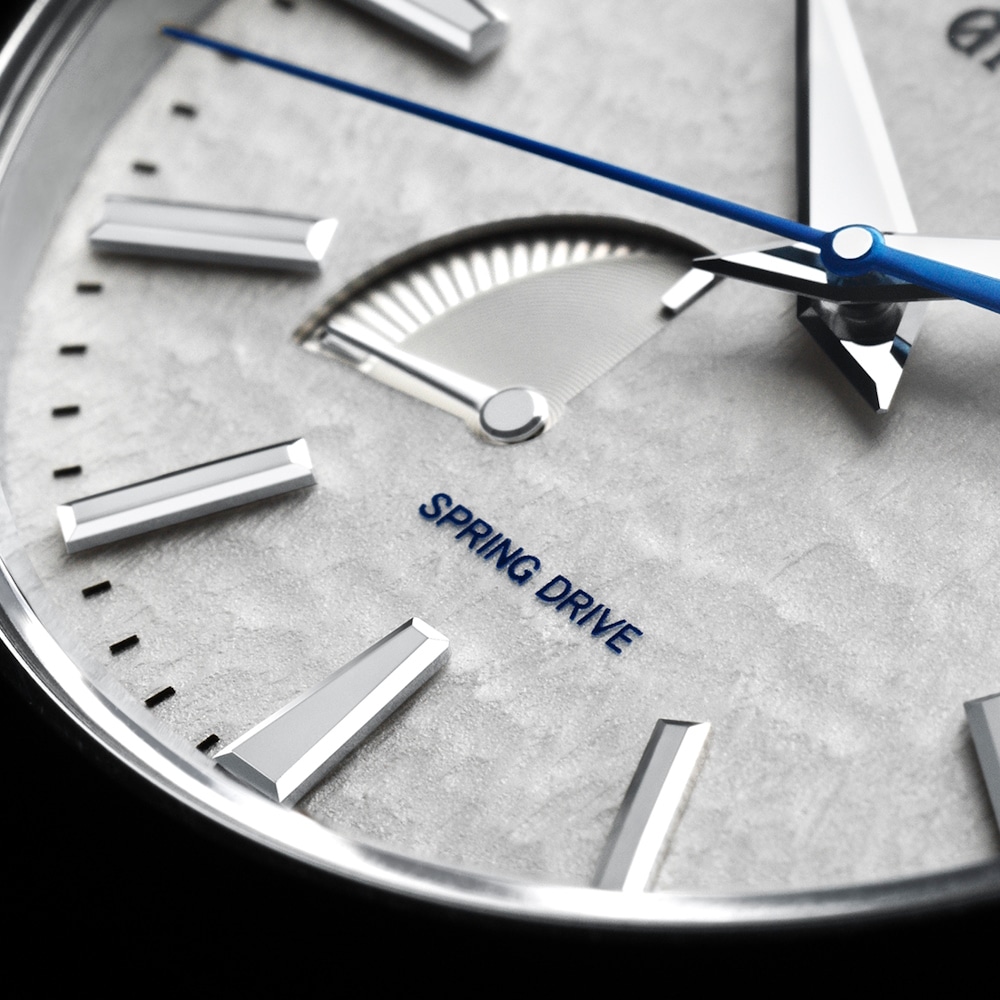
This impressive Spring Drive movement gives GS watches like this one its gracefully sweeping seconds hand. It moves effortlessly across the surface of the snowflake-inspired dial, complimenting the “Spring Drive” lettering at 6 o’clock.
Despite its 20 years of existence, the Spring Drive is no less fascinating now than it was back then. It’s also one of its key features and a core reason why many collectors want to invest in the “Snowflake.”
FAQs
This questions and answers section should help you learn some key facts about the famous snow-inspired watch.
How much does a Grand Seiko “Snowflake” cost?
If you decide to purchase the Grand Seiko “Snowflake” brand new, it currently retails with stockists for around $7,500. In the pre-owned market, expect to pay around $5,400 for one in good condition.
Is the Grand Seiko “Snowflake” limited edition?
The GS Snowflake is not a limited edition and is still available in the brand’s current collection. However, the “Pink Snowflake” iteration is a 20th-anniversary limited watch. The company released just 1,500 of these timepieces worldwide.
Is Grand Seiko better than Rolex?
As far as mechanical watches from reputable brands go, you can’t go wrong when buying a Grand Seiko watch. Its white dial, capturing a Japanese winter scene across the region of Shizukuishi, has a unique story to tell.
Those prioritizing brand provenance and prestige may opt for a Rolex, but Grand Seiko can indeed compete on the same level.
The Takeaway
If not for the captivating dial of the Grand Seiko “Snowflake” watch alone, it’s collectible for many other reasons. The watch takes inspiration from the snow-kissed mountains surrounding the brand’s design studios in Shizukuishi.
It sits alongside popular models like the “Omiwatari” and the “White Birch,” which follow the company’s Evolution 9 design.
In addition to a uniquely textured snow-inspired dial and a Spring Drive movement, the watch offers excellent value for money.
The company beautifully executes the case using the Zaratsu polishing technique exclusive to Grand Seiko. Its ergonomic design also has a low center of gravity for comfort and pairs with all manner of elegant attire.
If you’re considering buying the Grand Seiko “Snowflake” watch, consider what’s important to you in a timepiece.
Is it things like a quality movement, a unique-looking dial, and a high-end case finish? If the answer is yes, then the Snowflake is most certainly for you.
Do you own the Snowflake? Let us know what you love most about it. Have you compared it to the “White Birch” yet? I’d love to know if you’re a Seiko or Grand Seiko fan. Share your thoughts, and drop a comment below!
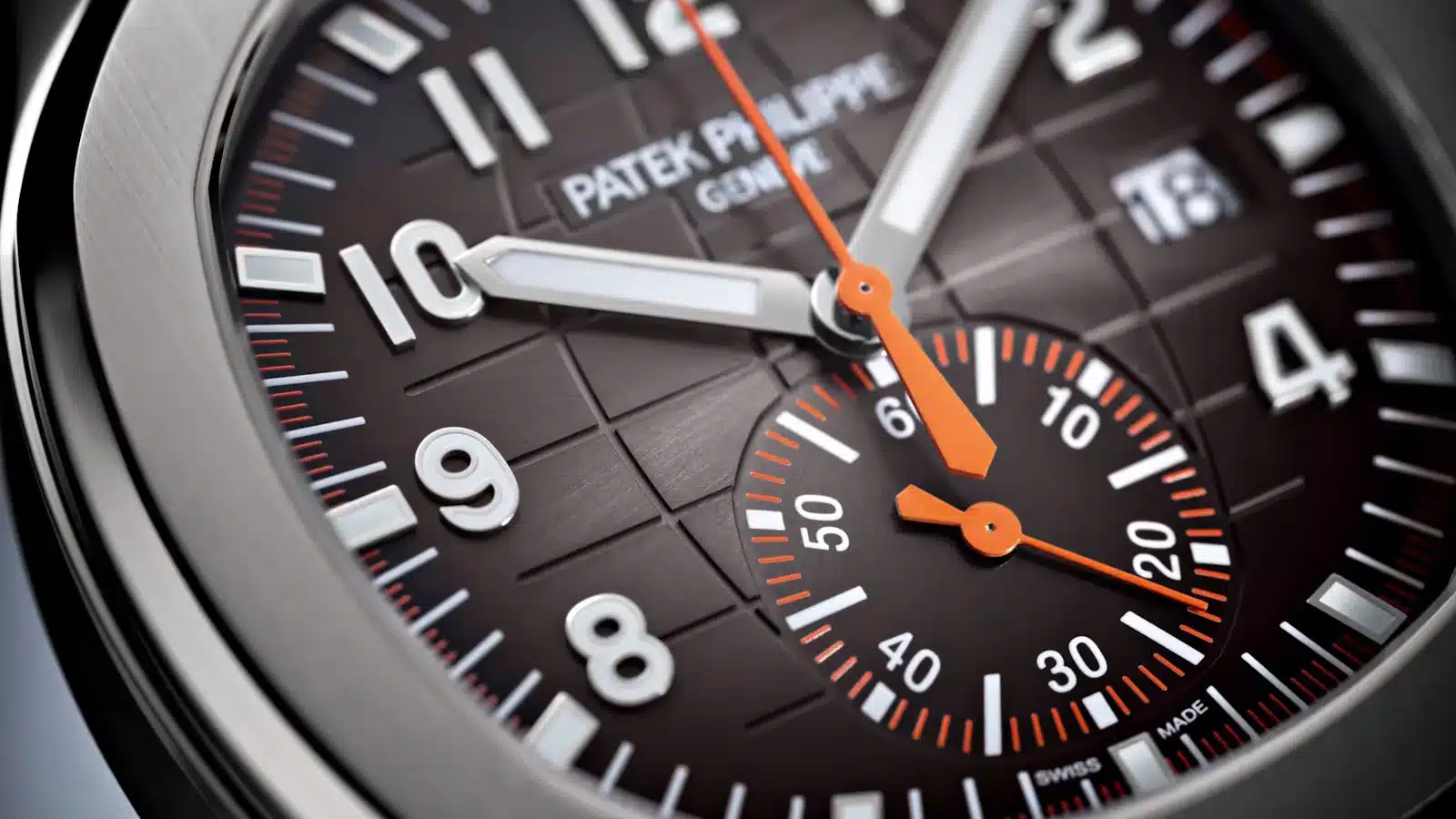
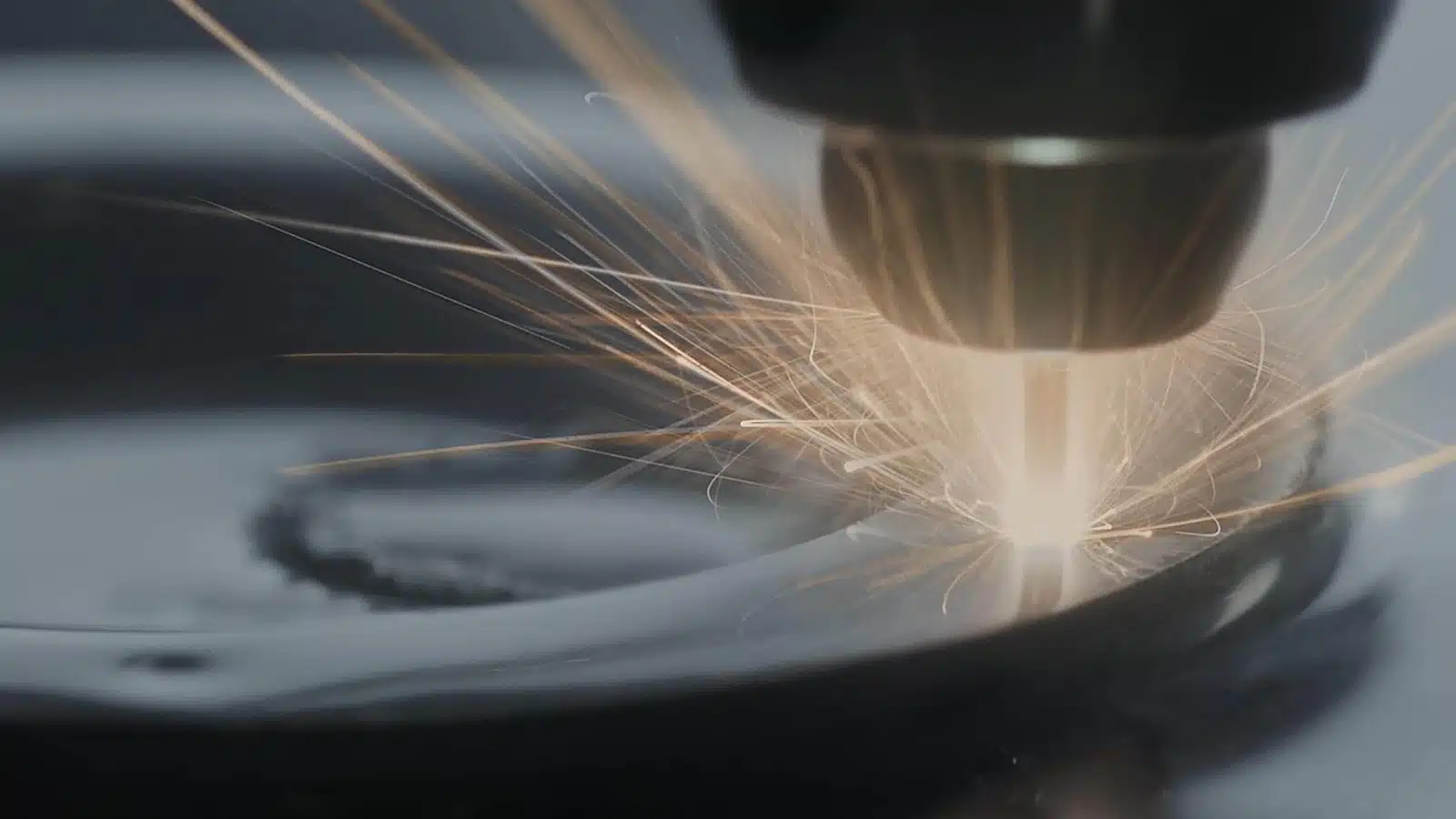
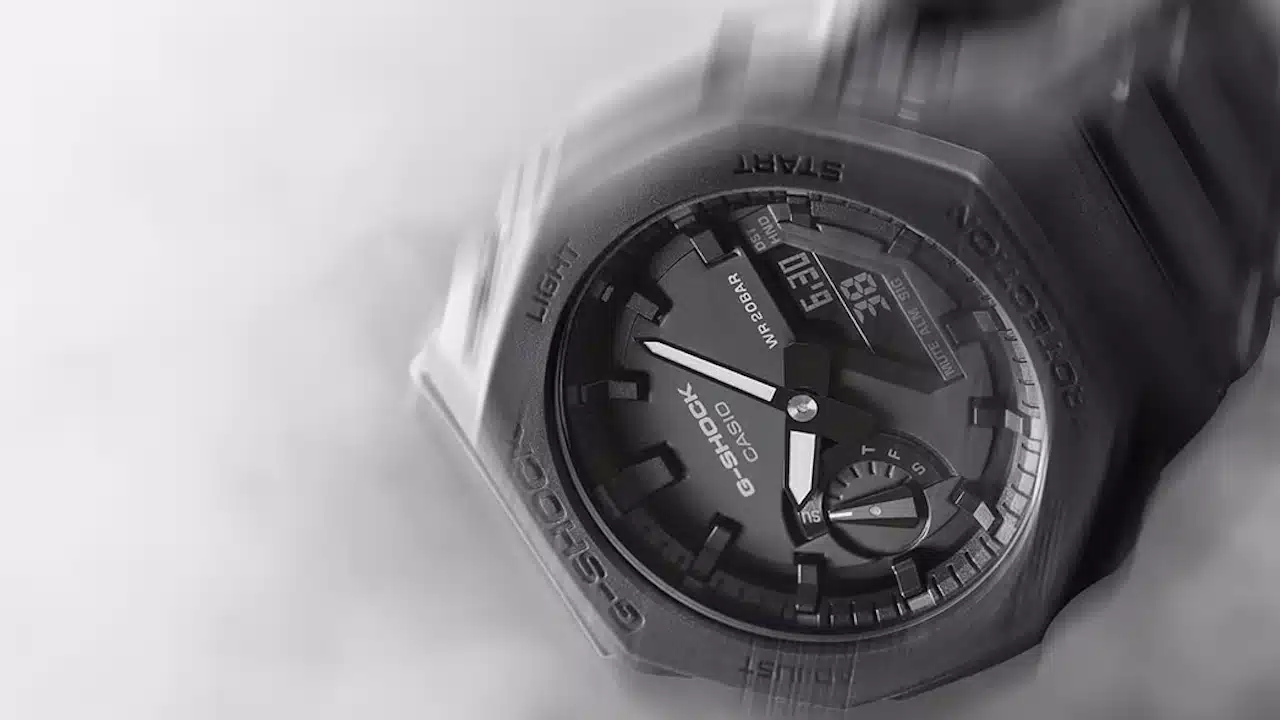
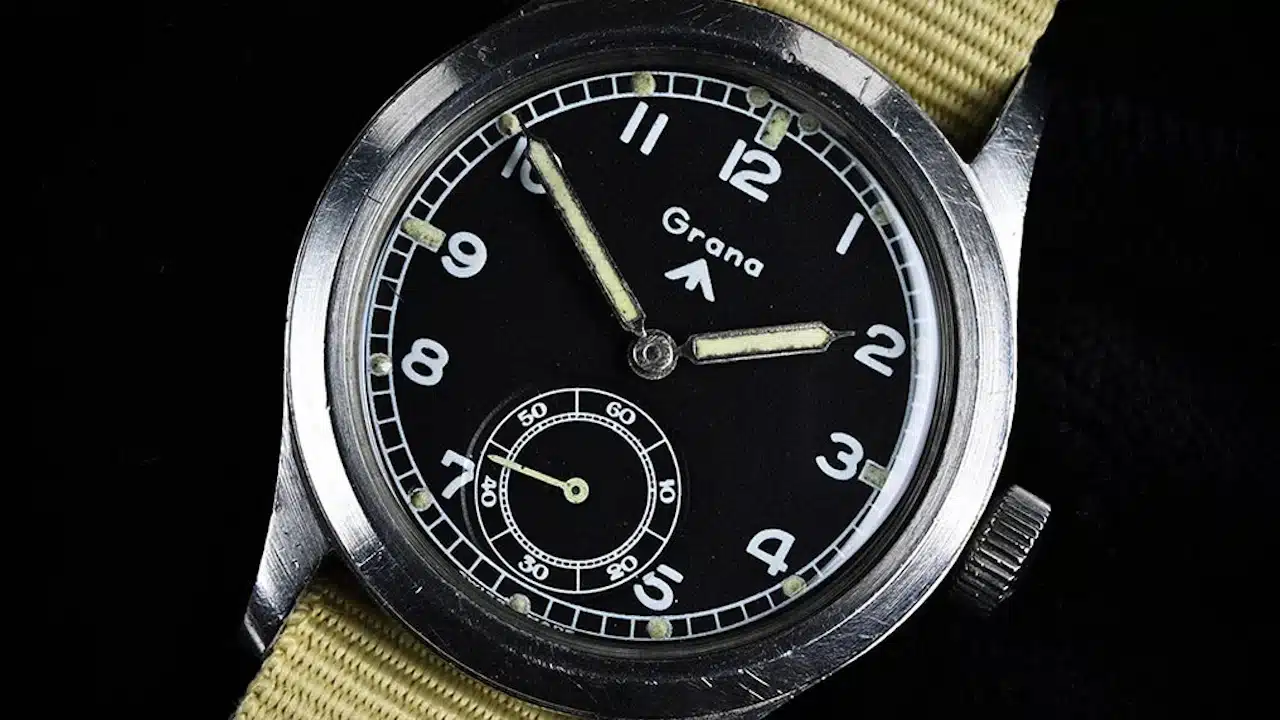
Leave a Reply